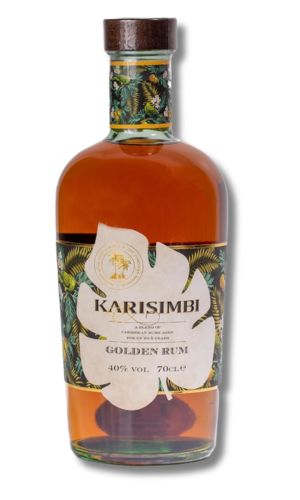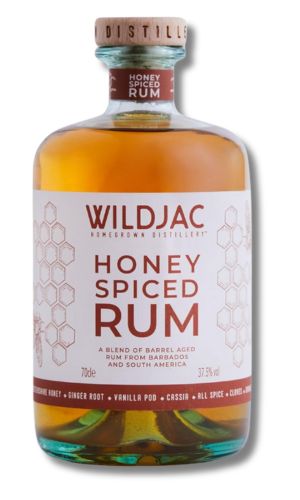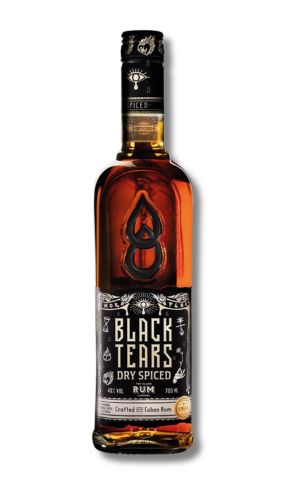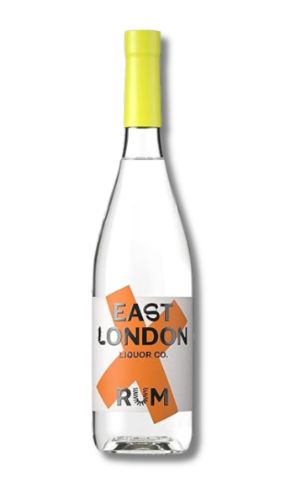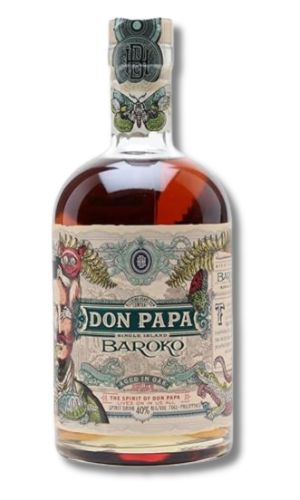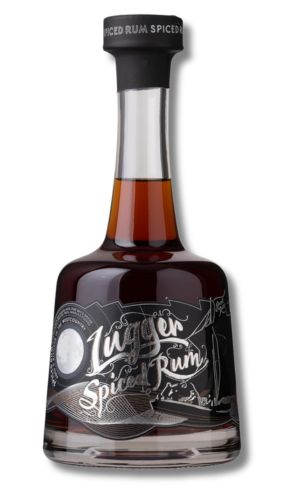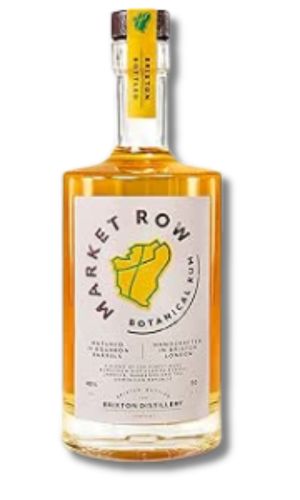The best rum: top rum brands put to the ultimate drinking test
This is the best rum in the world right now
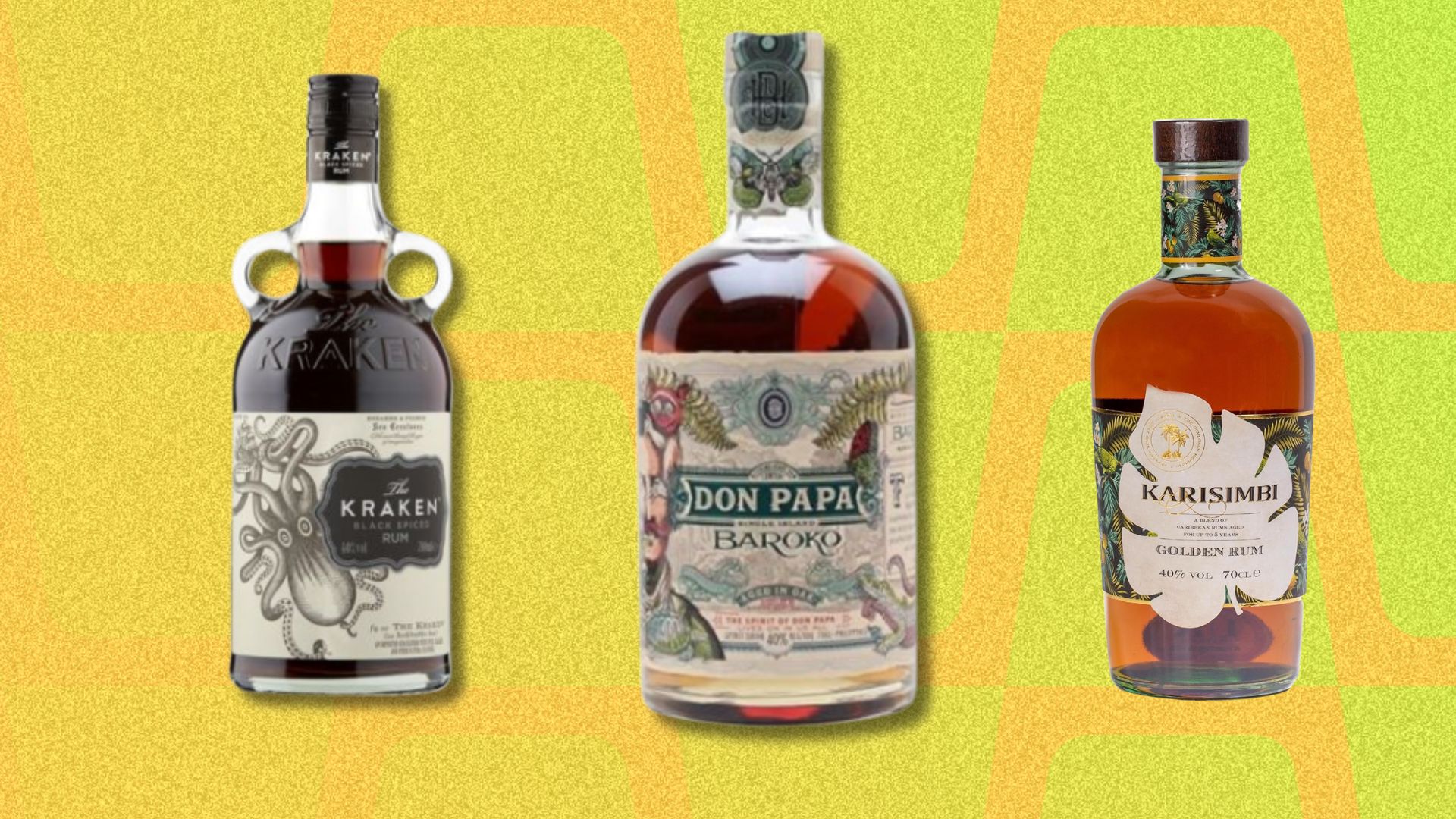
The rum market is booming. It's worth over £12 billion a year, roughly equalling gin revenues and is only continuing to grow. But we'd argue that it's a far more versatile drink, and the different types of rum, from aged to spiced, excel in totally different situations.
In its simplest form, rum is a clear liquid distilled from different forms of sugar, including demerara and molasses. However, this is often followed by barrel ageing in oak casks, and, like some modern craft beers, some also have fruit or spices added.
This means you can get all sorts of different kinds of rums, like white, golden, dark, navy, spiced and fruit rum - and even combinations of those key types. Traditionally, rum comes from the Caribbean, but these days you can get it from all over the place, including Devon.
Here’s our taste-tested selection that we think every rum lover should try, which we have separated by region.
Additional reporting and taste testing: Marc Chacksfield
What we're drinking
From the ocean-aged complexity of Goslings Spirited Seas to the honey-spiced warmth of Wildjac Premium Honey, and the rich, conservation-driven Karisimbi Golden Rum—we're constantly exploring different styles, flavours, and traditions. Here's our current favourites:
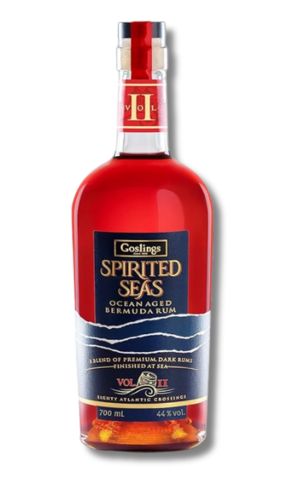
Sail the high seas with Goslings Spirited Seas, an ocean-aged dark rum that journeys 60,000 miles on the MV Oleander. This unique voyage through temperature shifts and briny air infuses notes of salted caramel, dark fruit, and spice, creating a truly luxurious maritime experience. It also has a salty aftertaste.
Caribbean Rums
The Caribbean, for many, is the home of rum. This liquid sunshine is baked into the region's soul, thanks to sugarcane fields that stretch as far as the eye can see, a climate that's always in vacation mode, and a rum-making legacy that dates back to the 1600s. These islands weren't just dabbling in the global sugar trade; they were owning it! And what do you do with all that leftover molasses? Turn it into glorious rum. With conditions perfect for fermentation and ageing, the Caribbean is considered the rum capital of the world, churning out an incredible array of styles, each one a tasty reflection of its island home.
Get exclusive shortlists, celebrity interviews and the best deals on the products you care about, straight to your inbox.
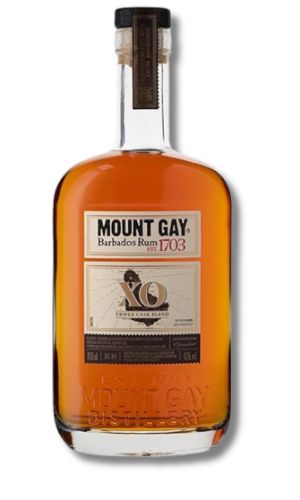
Some rum is better taken without a mixer, and Mount Gay, which claims to be the oldest rum distillery in the world with a deed from 1703, has created a corker.‘XO’ stands for extra old and is a blend of different rums aged between seven and 15 years old. It’s dry and oaky on the nose, yet fruity and slightly sweet in taste, with a smooth finish.
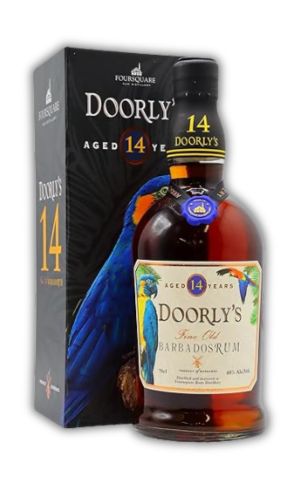
This is a fantastic rum that has been aged for a huge (in rum years) 14 years. It's from the Foursquare distillery in Barbados and there is a tropical richness to the taste, with everything from sultanas to mangoes coming through. This is a sweet, intense rum with a taste that lingers longer than most.
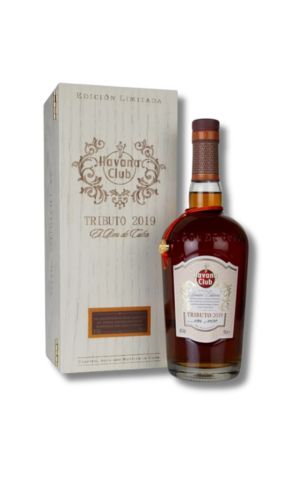
We were blown away with the Havana Club - Tributo 2021 edition when we sampled it. Tributo is now into its sixth bottling, with the first back in 2016. If you can get hold of any of the years, then you are very lucky. The 2021 edition came to us in a small sample and is a perfect drink to buy for a gift. Matured in white port wine casks, it offers notes of grapes, nuts, and coffee.
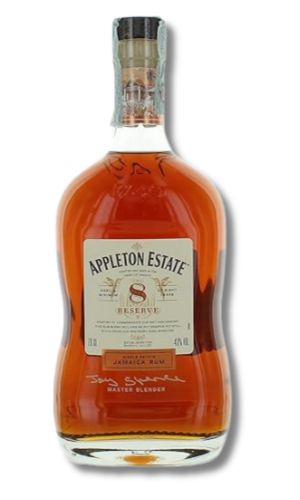
If you’re looking for an affordable rum that’s hugely versatile, then Appleton Estate’s 8 Year Old Reserve is a frontrunner. It’s got just the right balance of deep and complex flavours to be drunk neat - think along the lines of a classic Jamaican rum with notes of burnt sugar, dried fruit, vanilla, spices and Appleton’s signature orange peel.
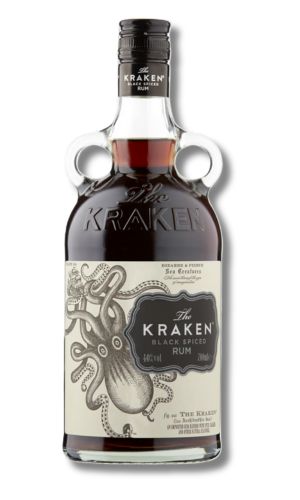
With its distinctive bottle and branding, Kraken has quickly become a modern classic and a rum you’ll find in pretty much any pub or bar. It’s as dark as squid ink, rich and spicy yet somehow drinks just as well neat as it does mixed with coke. This really is a rum for any home bar.
Central and South American Rums
South and Central American rum is highly regarded for its smoothness, rich flavours, and adherence to traditional production methods. The ideal climates found in countries such as Guatemala, Venezuela, Nicaragua, and Panama contribute to the complex notes of vanilla, spice, and caramel that develop during the ageing process. Many producers utilise high-quality sugarcane and time-honoured techniques, frequently ageing their rum in oak barrels at high altitudes. This commitment to craftsmanship, coupled with increasing global demand for premium and artisanal spirits, has led to a surge in popularity among enthusiasts and collectors of South and Central American rum.
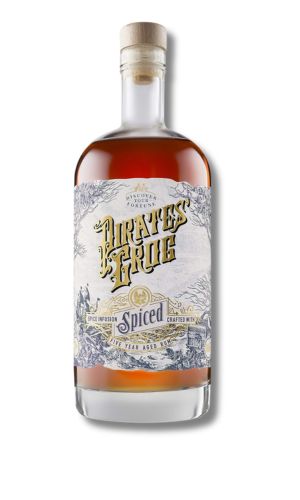
Another spiced rum that is better than its non-spiced variant - Pirate's Grog is a tasty, golden rum with hints of vanilla and all spice. It's not too sweet but there's a subtlety there. Everything has been matured in American oak, bourbon barrels for five years which seems to add to the smoothness.
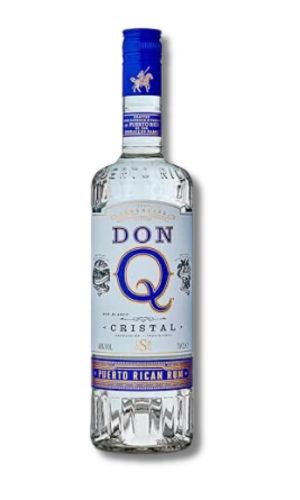
Made in Puerto Rico, Don Q has a whole host of rums but it's the Cristal that's made this list. It's a clear rum which makes it an ideal serve in a cocktail. We found it so smooth that this one could replace vodka in any drink you are planning. This isn't a sweet rum, but one with woody notes. You get a good dollop of citrus, too, in the end warmth of the sip.
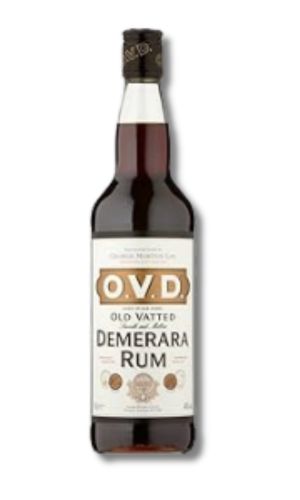
If you don’t like the idea of using white rum in cocktails then look to OVD and this extremely dark and rich demerara rum. It really is like drinking alcoholic brown sugar in liquid form and works great in any situation - neat, with any mixer, particularly ginger beer - and in all rum based cocktails to create dark versions.
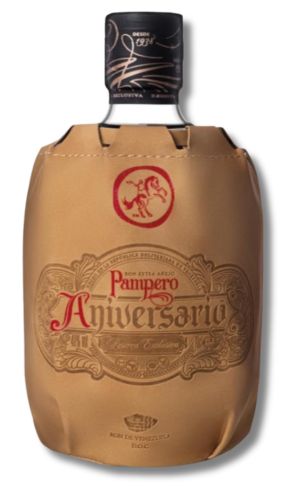
If we were basing this one purely on looks, then the excellent leather bag packaging would win this list hands down. Thankfully, the taste is wonderful, too, with a rich, Christmas pudding taste. It has a bit of heat on the way down, so it's better paired with a splash of cola.
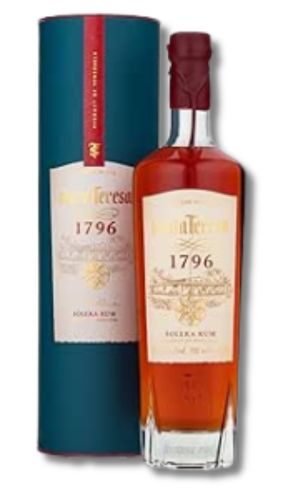
Given there's over 200-odd years of tradition that goes into making Santa Teresa 1796, we were expecting something special from the drink and it did not disappoint. In our taste tests, we got fantastic notes of fruit from the rich amber liquid. This is followed by swathes of vanilla and dark chocolate and a peppery finish.
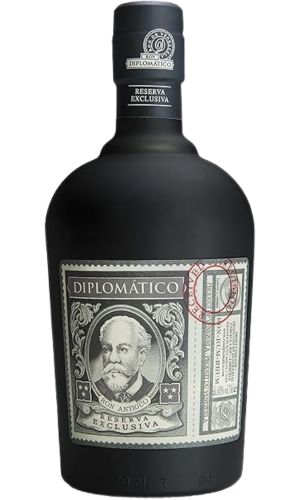
This is a rum a lot of our readers were raving about so we had to get it in and weren't disappointed. It's a dark golden rum, distilled from molasses, so expect really strong, rich notes - but these are all cut with a much-needed kick of fruitiness. There is added sugar here, but we loved the taste.
Rums from the Rest of the World
The good thing about almost everything now is that it's no longer restricted to a specific region. Yes, certain ingredients are necessary to produce a quality rum, but key elements like sugar and climate can be either imported or recreated through various methods. It means we can now get a great rum from all around the world, ranging from the Philippines to right here in the UK.
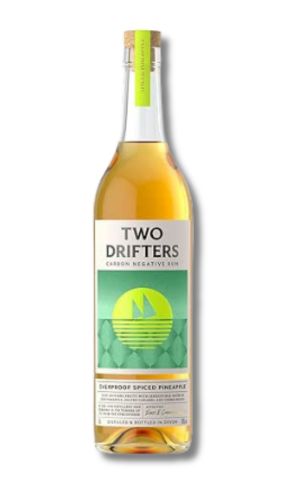
Pineapple rum is often overly sweet and artificial tasting but Two Drifters has produced one of the best we’ve ever tasted. As the name suggests, it packs a punch at 63% but also in flavour with gorgeous flambeed pineapple bringing a burnt caramel balance to the fruit and vanilla sweetness.
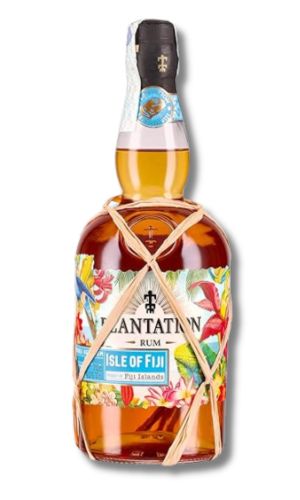
On the palate, it's rich and smooth, featuring flavours of vanilla fudge, honey, ginger, prune, coconut, and dried banana, leading to a long, warming finish. Despite rum already being one of the sweeter spirits, this one really takes the cake thanks to added sugar, which makes it perfect for cocktails.
What is rum made of?
This is an easy one: sugar cane. Rum isn’t like vodka, where many things can be used to distil the spirit. Rum has to come from sugar cane, and depending on where it is distilled and what technique is used, this will change the colour of the rum.
Classifying rum by its colour isn’t great
Imagine if we classified whisky as being amber, red or yellow. That would be doing the spirit a massive disservice. But that’s what many do with rum: break it down by colour.
Yes, there is dark rum in the market and white rum in the market (simply put, this is down to maturation) but look beyond the colour when buying and more at where the ingredients come from and, most importantly, where they have been distilled.
Look at rum by the region and the provenance instead
This is something we learned while on a rum tasting session with Black Tot.
Mitch Wilson, Black Tot’s global brand ambassador, told Shortlist that: “We have been bad at educating people. Rum is sometimes described as white, gold and dark - this is a shit way to describe anything.
“Try and drop the simplification and chat about the regions themselves and the provenance of the rums. For example, Black Tot uses Jamaican, Barbados and Guyana for its classification.”
Taking this rather brilliant advice, a really simple rule of thumb is as follows (and don’t forget that most rums will actually be a mixture of rums from different regions):
How does rum age? Does this affect the colour?
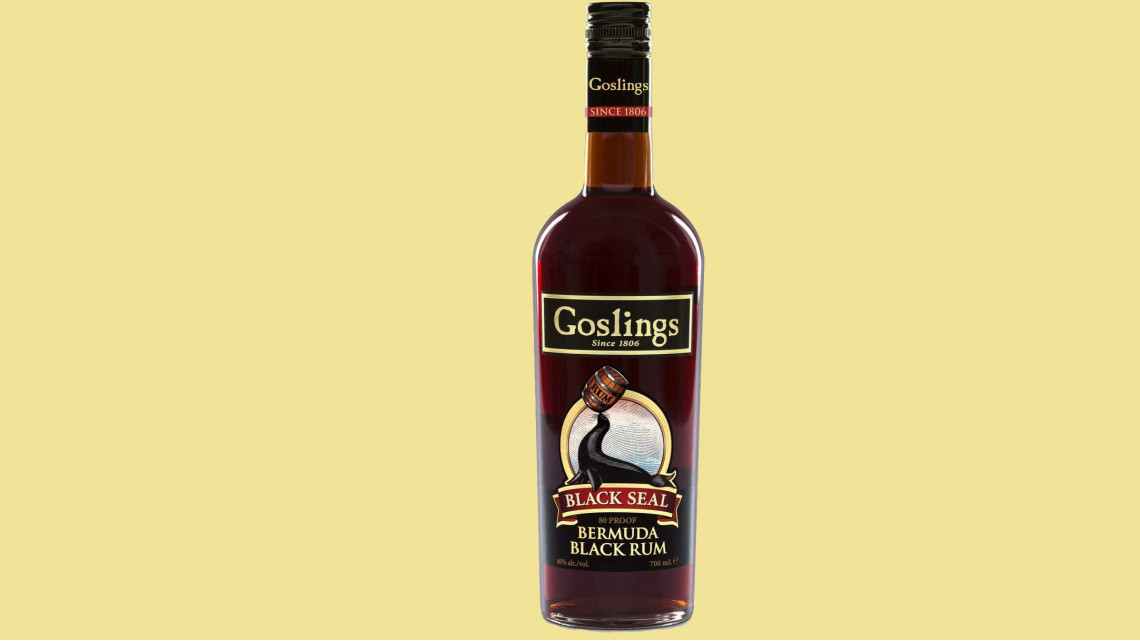
It’s worth noting that rums made in a colder climate will take longer to mature. It’s all about the ‘angel share’ here - the amount of evaporation that takes place.
When something is aged in somewhere like the Caribbean then this is called, rather obviously, tropical ageing. Here the climate, heat and humidity play a big role in how it ages in a barrel.
To put this type of ageing into context: 5 years’ ageing in Barbados is around the same as 10-15 years if it was aged in somewhere like Scotland.
This means that the angel share in somewhere like Barbados would be around 6% compared to 2% in a colder climate.
Ageing rum in a barrel makes the rum darker, although some rum brands will also throw in some burnt sugar to make the colour appear darker, too.
- Marc ChacksfieldContent Director
- Morgan TruderStaff Writer
You must confirm your public display name before commenting
Please logout and then login again, you will then be prompted to enter your display name.
